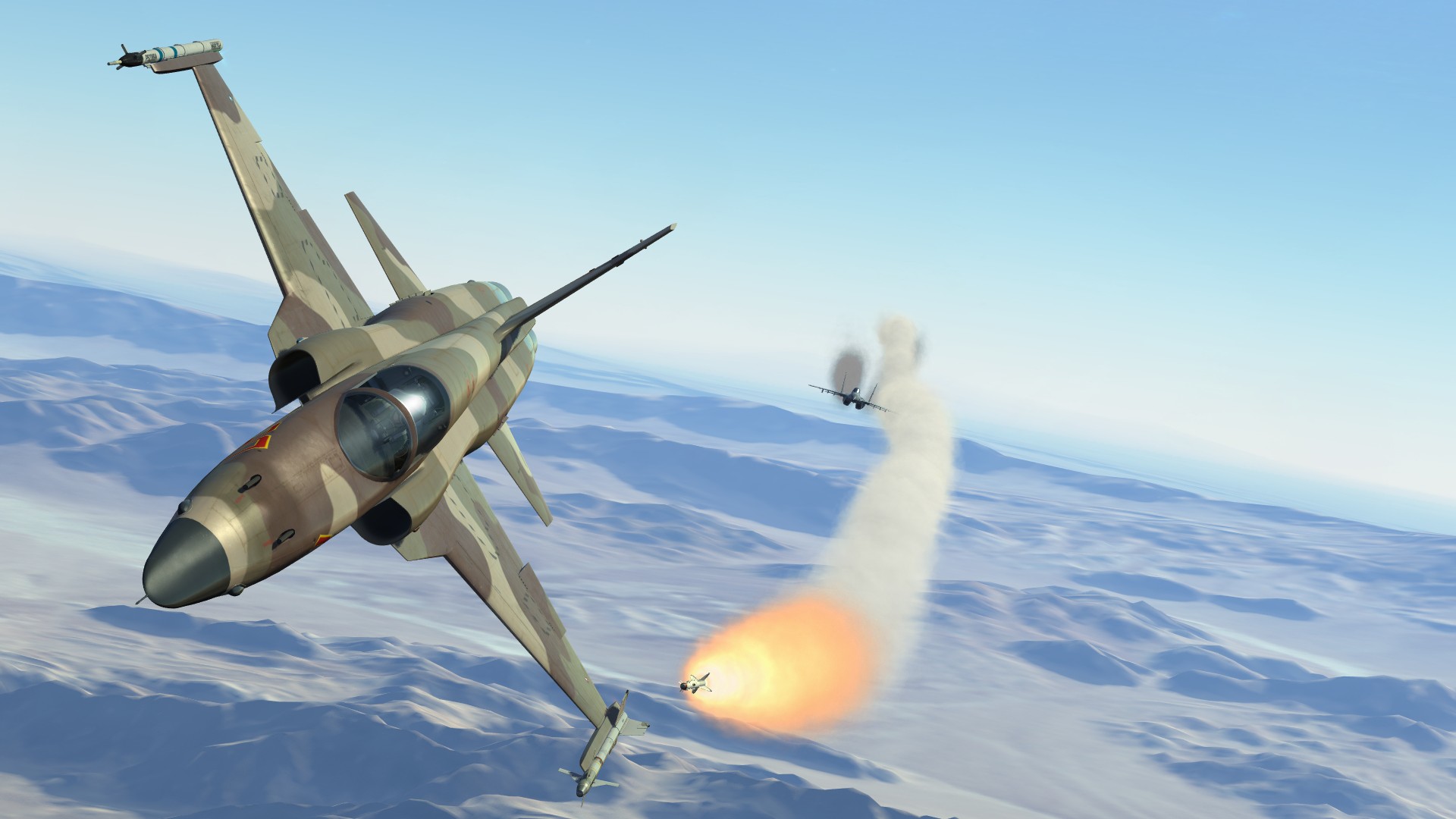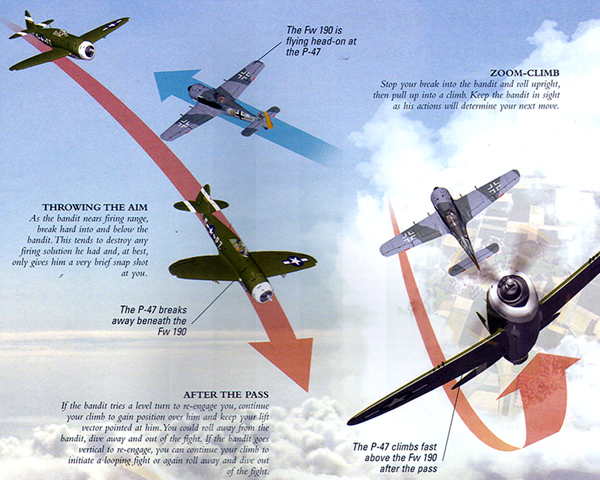

The Flanker, furthermore, was supermaneuverable-capable of executing maneuvers beyond usual aerodynamic principles. A GSh-301 30mm cannon served as a backup weapon and was retained on later Flanker models. It also added an Infrared Search and Track system and a helmet mounted sight which allowed the pilot to target enemy aircraft with highly-maneuverable R-73 heat-seeking missiles-even if the targets were not directly in front of his plane’s nose. The Su-27 boasted N001 Mech (Sword) doppler radar with a maximum range of eighty miles, eight weapons hardpoints, fly-by-wire controls and a heads up display (HUD). The large, twenty-two-meter long fighter carried enough fuel for a combat-radius of 900 miles and was powered by two AL-31F Saturn turbofans which could propel it over twice the speed of sound. Finally, the production-model Su-27S ‘Flanker B’ entered service in 1985 and soon began performing intercepts of NATO aircraft. Sukhoi tested two different T-10 prototypes in the 1970s and 80s, dubbed the ‘Flanker-A’ after they were spotted by NATO recon satellites. Meanwhile, shorter-range MiG-29 fighters would provide tactical air support for Soviet ground forces.

The Soviet ‘F-15 killer’ was intended to escort bombers on long range missions, as well as intercept NATO aircraft before they penetrated Soviet airspace. In the late 1960, the Soviet Union began developing a long-range ‘heavy fighter’ that, unlike the interceptors of the day, could still take on such agile opponents. These could carry heavy weapon loads and cutting-edge electronics (look down–shoot down capable doppler radars, heads-up displays, fly-by-wire avionics, digitized instruments) but still execute tight air combat maneuvers necessary to prevail in a short-range dogfight. In the 1970s, the United States deployed its first fourth-generation jets-the F-14, F-15 and F-16.


 0 kommentar(er)
0 kommentar(er)
